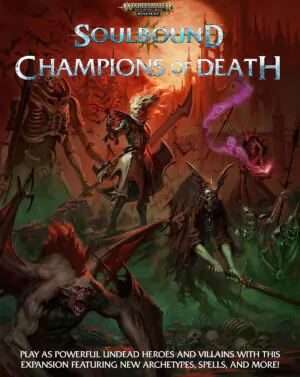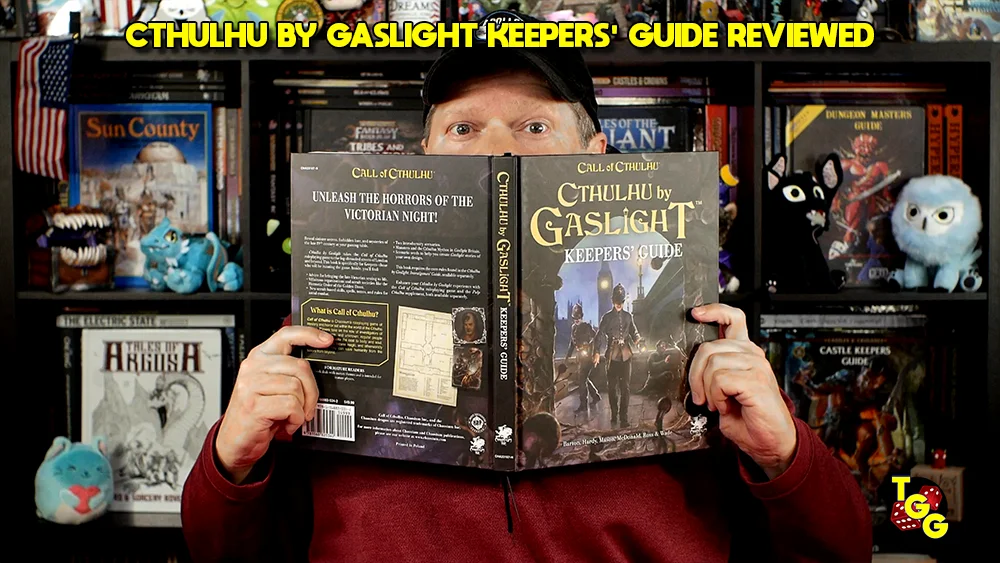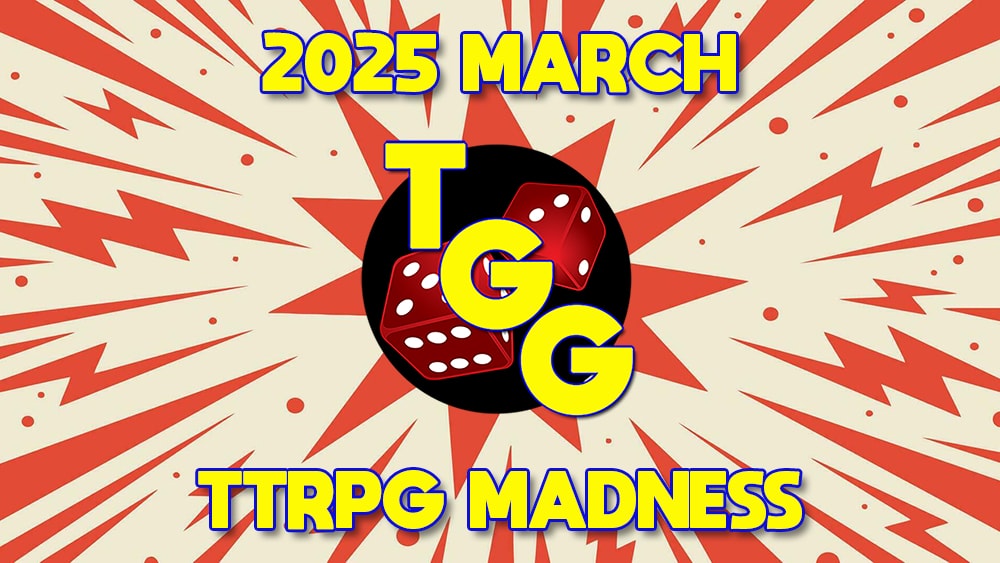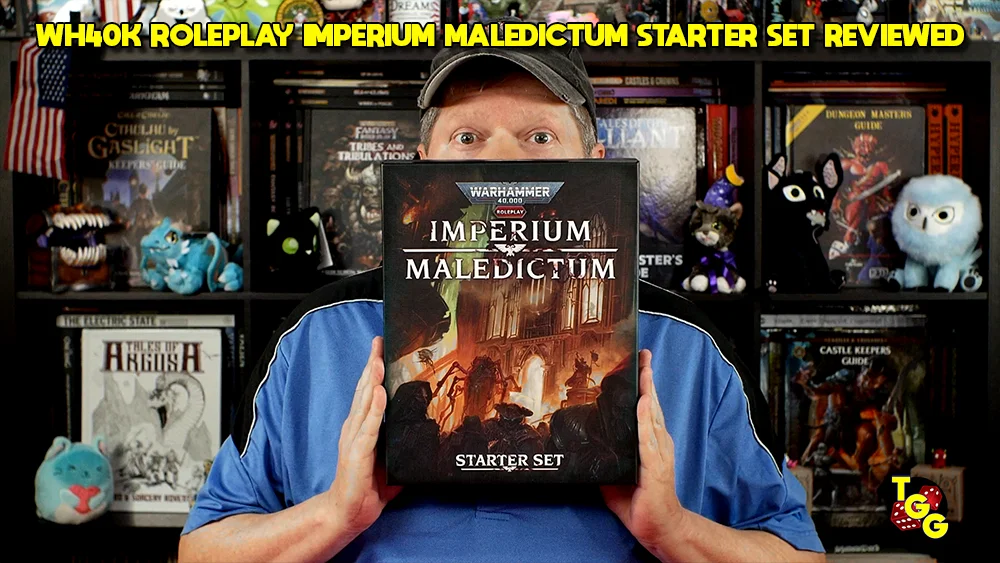
Publisher: Cubicle 7 Entertainment
Authors: Emmet Byrne, Michael Duxbury, Cat Evans, Cody Faulk, Jordan Goldfarb, Elaine Lithgow, and KC Shi
Artists: Johan Genier, Álvaro Jiménez, Dániel Kovács, Sam Manley, Clara-Marie Morin, Rafael Teruel, and Siman Vlaisavljević
Year: 2021
Genre: Player facing options book for the AOS Soulbound RPG
Pages: 144 pages
MSRP: Hardcover with PDF $39.99 or $19.99 for just the PDF at DriveThruRPG
I am a newcomer to Warhammer in general and Games Workshop’s fantasy Age of Sigmar property in particular, but in the last year or so I have become increasingly sucked into the world and its story. As someone whose craft skills are basically nil, getting into the miniatures game has been intimidating, but the lore of the setting is available in a number of places. Perhaps one of the best places is the excellent roleplaying line from Cubicle 7, entitled Age of Sigmar: Soulbound. Soulbound stands on its own as a well-crafted, rules light (ish) RPG even if you have no knowledge of or interest in the Age of Sigmar setting.
Champions of Death is an expansion book that, as the name suggests, covers the Death Grand Alliance (one of the four major factions in Age of Sigmar, alongside Order, Chaos, and Destruction). Led by the Supreme Necromancer Nagash, the Death faction consists primarily of different sorts of undead. Somewhat to my surprise, Champions of Death primarily focuses on the player and presumes that PCs will be undead themselves. The book contains rules for playing as a ghoul, vampire, wight, nighthaunt (ghost), and one of the Ossiarch Bone Reapers–manufactured warriors constructed of bones. To that end, the process of becoming part of a PC party (“soulbound”) grants the undead PC a measure of freedom from the mental compulsions of their undead state–a clever idea that not only makes the undead more playable, but creates many story-telling opportunities. Suggestions are provided for GMs to set up either an all-undead Death themed campaign, or to incorporate undead PCs into a party with the living.

I also want to point out an excellent section toward the end of the book containing advice for GMs on running death-themed games. When thinking about content that can prove challenging for players and game masters, death and the undead don’t usually spring to mind (in part because of how common they are). But a game that takes seriously the themes inherent in the premise can quickly drift into difficult territory. The advice section in this book is very thoughtful, without being pushy or preachy, and it is one of the best such sections I have encountered in a ttrpg product.
Visually, Champions of Death is beautiful, consistent with the Soulbound and Age of Sigmar lines. The lay-out and visual design is clean and easily readable, and the art is evocative but not overwhelming the text. Really my only criticism is that, after 144 pages, I was definitely left wanting more content from Champions of Death, but that speaks to the quality of what is included.
Soulbound is, in my view, a criminally underrated and underappreciated RPG line, and Champions of Death shows why. It’s a book that takes what could be rather vanilla material, presents it in a unique manner, and makes it interesting and dynamic at the table. Even if you don’t play Soulbound or Age of Sigmar, the presentation of the undead as nuanced PCs with complex motivations can be ported into other fantasy settings, making Champions of Death worth a look. If you do play Soulbound, Champions of Death is a must own.

















